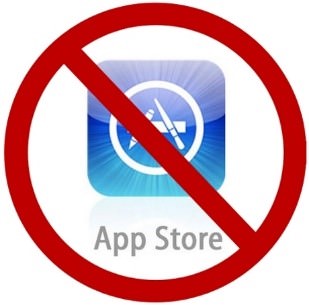
When I ran my three companies in the 1990’s, technology was just starting to be leveraged by small businesses. But to make it work, the investment was enormous. I almost went broke spending hundreds of thousands of dollars for software as my company grew. Today, low-cost investments in cloud applications have brought a huge change. Small business owners can now run a business effectively on a comparatively finite technology budget. The best part is that the cost is variable; an organization typically only pays per user so they can ramp up economically as their company grows. Cloud providers like Microsoft are making available simple applications with large enterprise features that small businesses can start with and grow easily.
In my annual visit to Microsoft’s campus in Redmond last week, I saw in person how they are fulfilling the small business owner’s dream of using technology to build a company. They are doing this by extending their Office 365 application to be used as a business center that will include more tools that can share data with systems a business already has in place, like Outlook. David Smith, Worldwide Vice President of SMB at Microsoft says that having all the data in one place that is easy to access and analyze “will take some of the risk out of owning a business.” When all the information employees need is easily accessed by all team members rather than scattered across applications, the company has a better opportunity to tailor the buying and support experience to what a particular customer specifically wants.
Inside Office 365 Business Premium, there are some exciting new business applications:
Outlook Customer Manager: This tool gives the small business the ability to take notes, set follow ups and set sales targets with each prospect or customer right in their Outlook inbox. This information can also be shared with the entire staff or across certain teams, so data is no longer “siloed” among employees.
Bookings: This app makes it simple for any small business to let their customers schedule appointments online. The data then is recorded in the contacts section of Office 365 and displayed in the online calendars of the staff members that are providing the service. This application even integrates into a company’s Facebook page.
Delve: With this tool, it’s easy to identify the tasks that need to be accomplished next, who is currently using it, what they’re working on, and how to contact them to discuss changes.
With companies today using so many disparate resources to accomplish a single task inside their company, collaboration is critical. Office 365 contains the collaboration tools that every small business needs to be successful.
Stop thinking of Office 365 as just an “office” tool. Look for the applications in the Office 365 business center to keep expanding as Microsoft will show how this solution can be the hub of your small business. Make a small investment today in the right paid applications to run your business, and it will not only save a lot of money in the future, but will help grow your company faster.
This post is sponsored by Microsoft.
